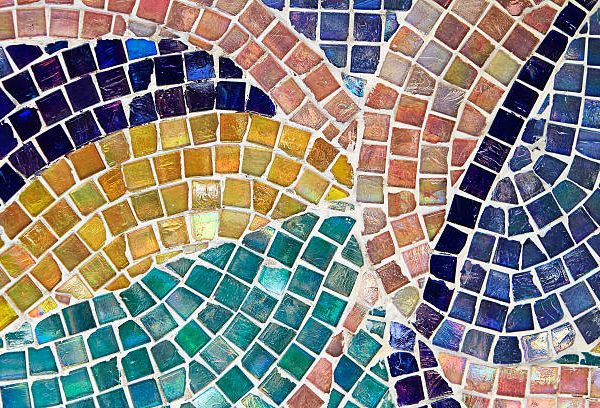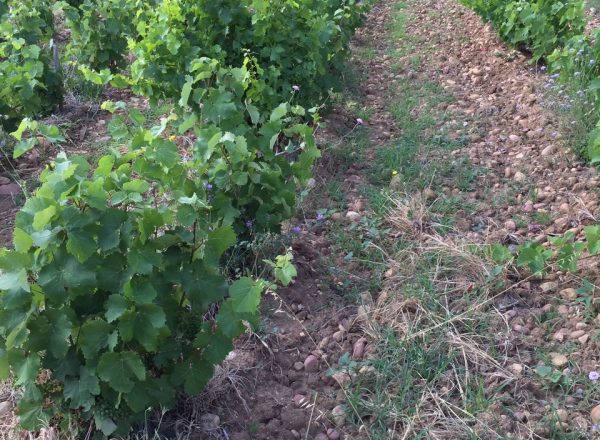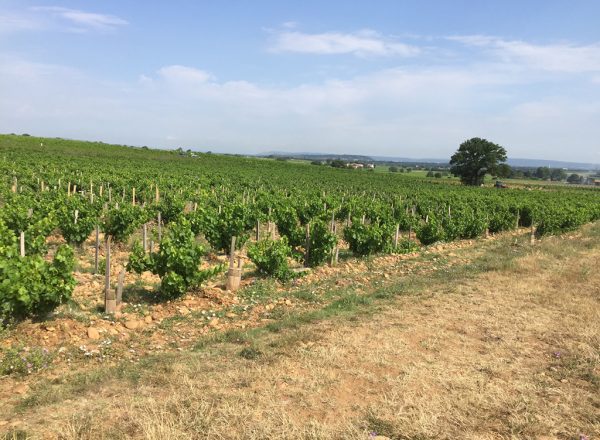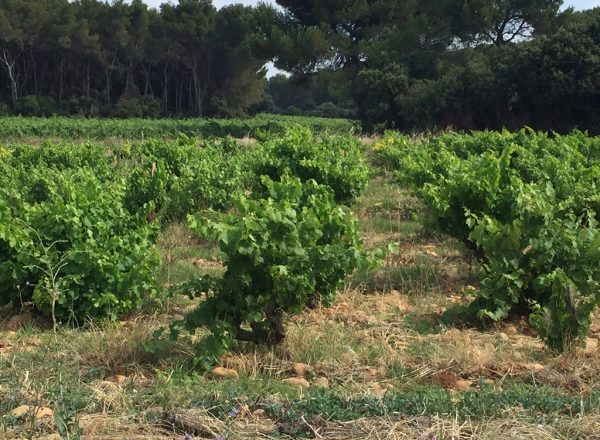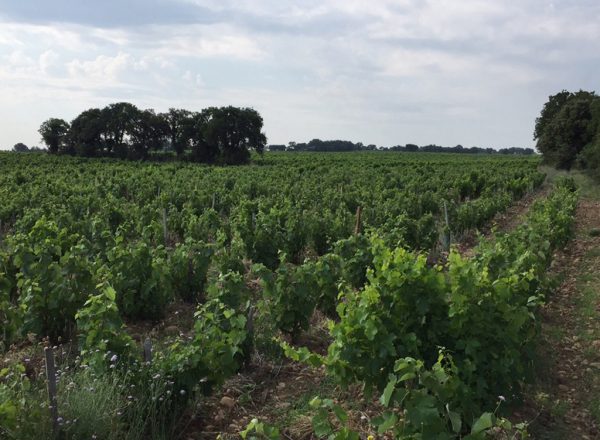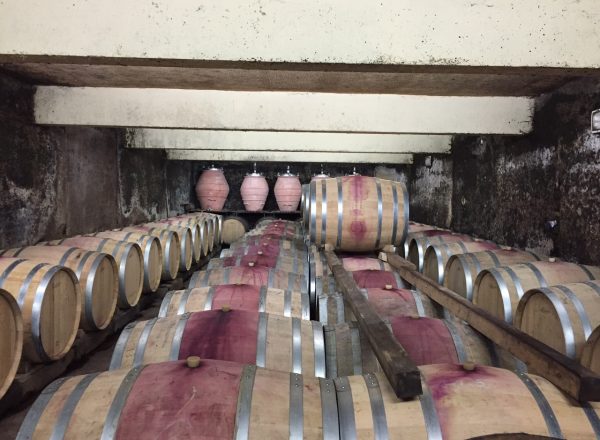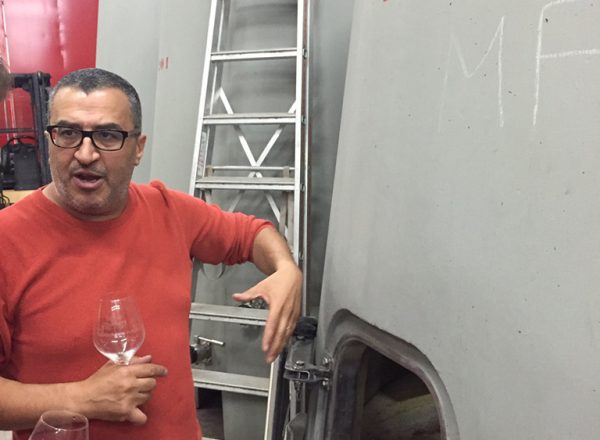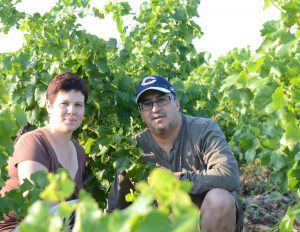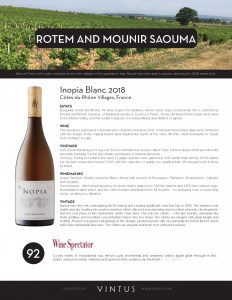
Rotem and Mounir Saouma
Inopia Côtes-du-Rhône Villages Blanc 2018
Côtes-du-Rhône
Burgundy meets the Rhône. An utter respect for tradition, and in some ways a total break. We’ve watched as Mounir and Rotem Saouma, of Burgundy producer Lucien Le Moine, slowly developed their estate and wines in the Rhône Valley, and the results today are too extraordinary and distinct to ignore.
Vineyard
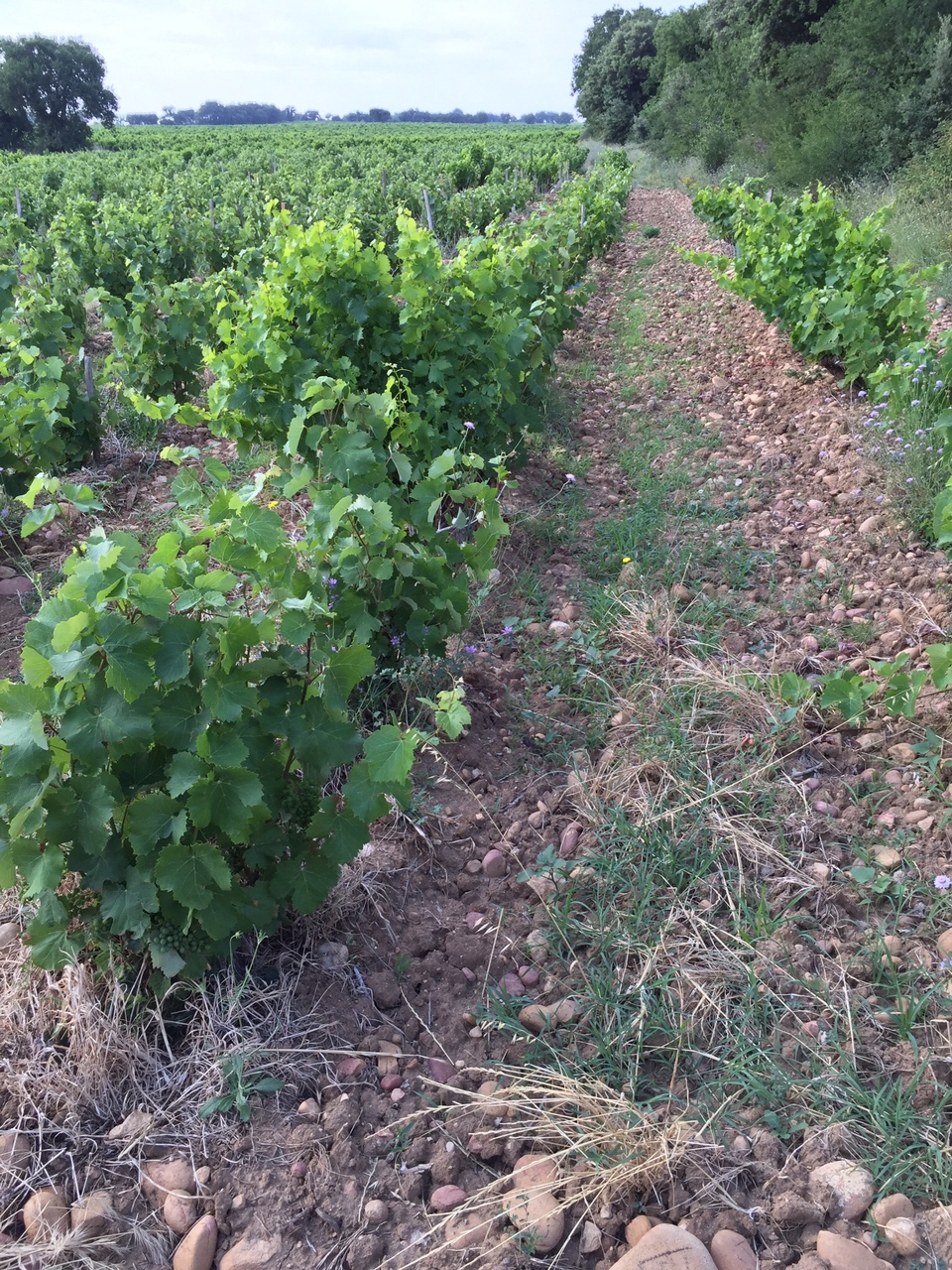
The Saouma’s purchased a desolate plot of land in Orange in 2011. A minimal intervention approach combined with the image of the original barren land inspired the name of the wine, INOPIA, which translates to “made from nothing” in Latin.
Soils: Predominately poor clay soil (3 feet) with little river stones called “Grès” (24 feet deep) which provide both favorable humidity for the dry climate and plenty of mineral elements.
Farming: Seeing potential in the land, 11 grape varieties were planted in 2011 under high density (4,700 plants per hectare versus the normal 3,500) with the objective of quality low-yielding fruit. All vineyard work is done by hand.
Grape Varieties: Mostly Grenache Blanc, along with a touch of Roussanne, Marsanne, Bourboulenc, Clairette and Viognier.
Winemaking
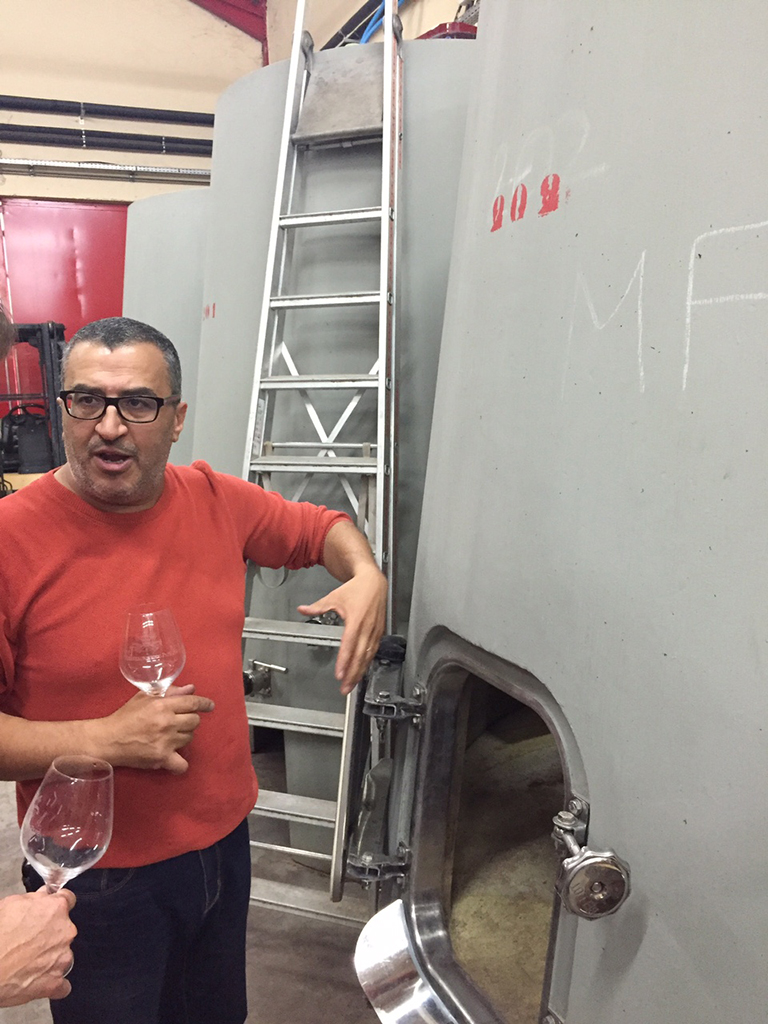
Fermentation & Aging: After a hard pressing of whole cluster grapes into 500 liter barrels and 1,600 liter cement eggs, fermentation takes place, and the wine remains undisturbed for 18 months – no pumping over, no punchng down, no fining, no filtration.
Vintage
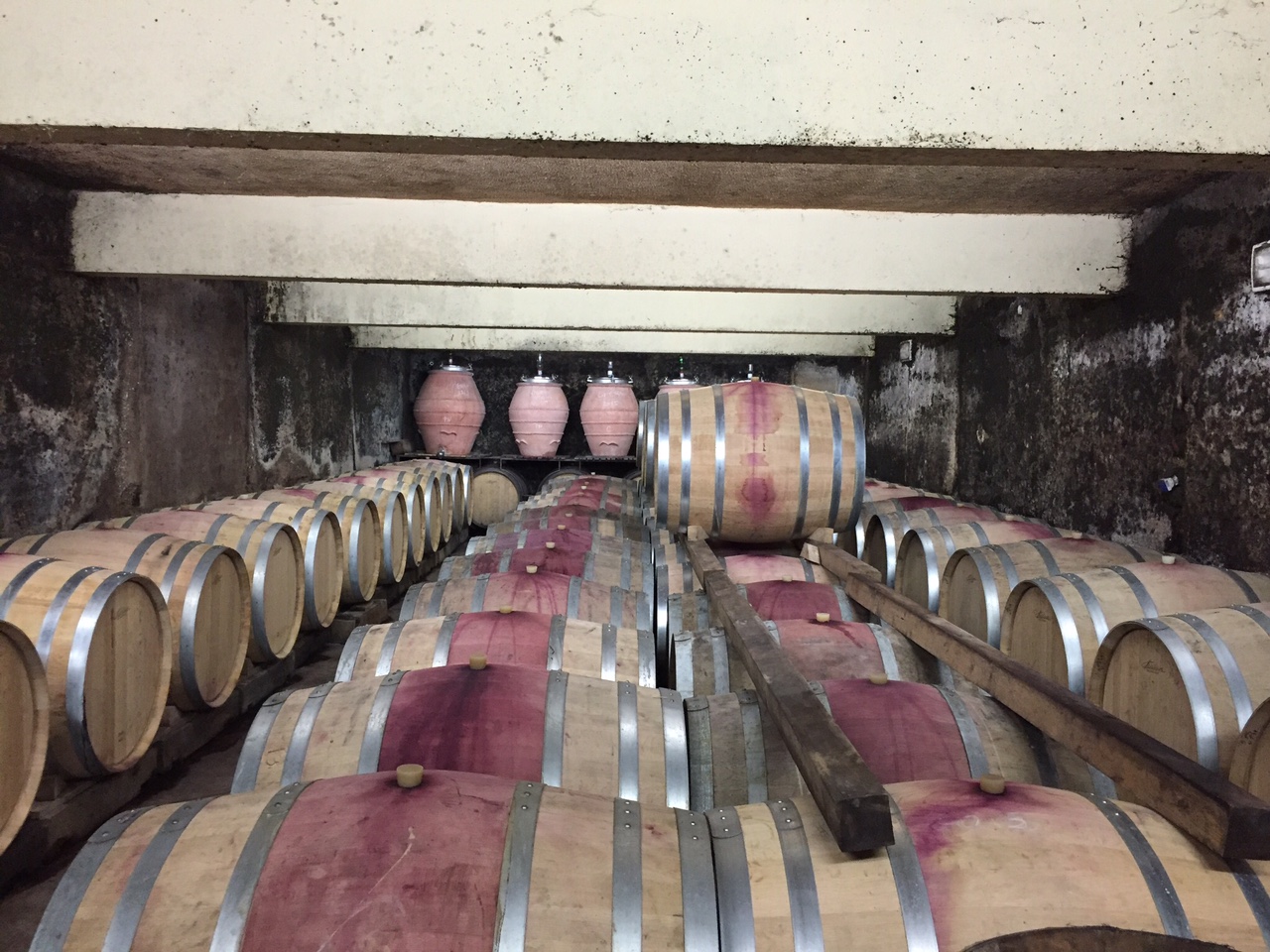
Spring in the South was very wet, interrupting the flowering and causing significant crop loss (up to 40%). The Summer was stable and dry, leading into perfect autumn which allowed even ripening and excellent phenolic development. Harvest took place in late September under clear skies. The old vines in Mounir’s Côtes du Rhône-Villages holdings gave concentrated, classic reds – with ripe tannins, adequate but fresh acidities, and excellent concentration (due to the low crop). The whites are elegant with great length and nobility, their elegance and freshness enhanced by the careful élèvage.
Tasting Note
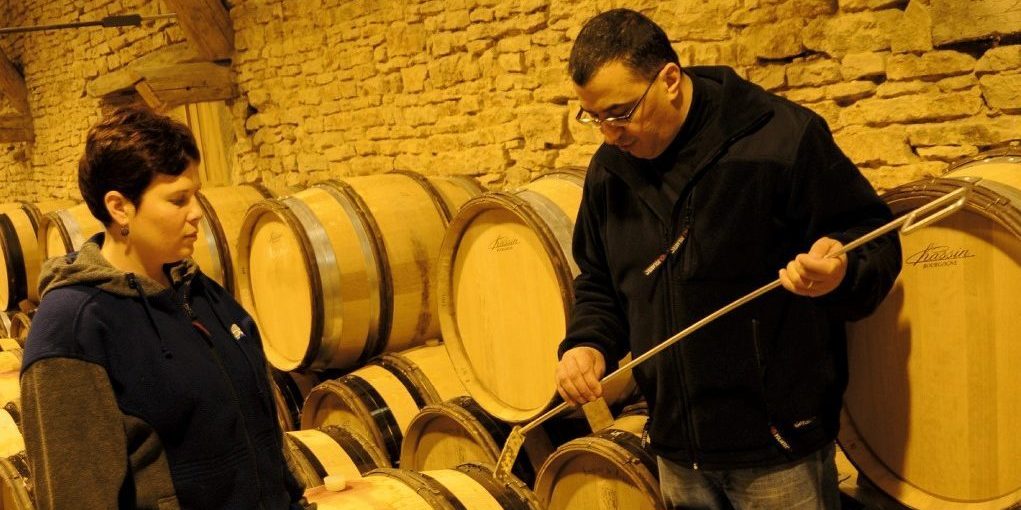
Intensely perfumed and vibrant nose of citrus, flowers and an almost salty note. Intensity of flavors and structure, with a beautifully balanced freshness.
Color
White
Grape Varieties
Bourboulenc, Clairette, Grenache Blanc, Marsanne, Roussanne, Viognier
Appellation
Côtes-du-Rhône
Suggested Retail Price
$34.00
Reviews
"Stylish, seductive"

Wine Spectator - July 7, 2021 "Lovely notes of macadamia nut, lemon curd, shortbread and creamed yellow apple glide through in this stylish, seductive white. Verbena and jasmine hints underscore the finish." - J.M.
More on Rotem and Mounir Saouma Inopia Côtes-du-Rhône Villages Blanc 2018
Why You Should Consider Opulent White Wines from the Rhône Valley
July 7, 2021 - Pix featured Rotem & Mounir Inopia Blanc Côtes-du-Rhône Villages in a story that highlights the opulent white wines from the Rhône Valley - many of which are hidden treasures! The…
Trade Materials
Other Wines by this Producer
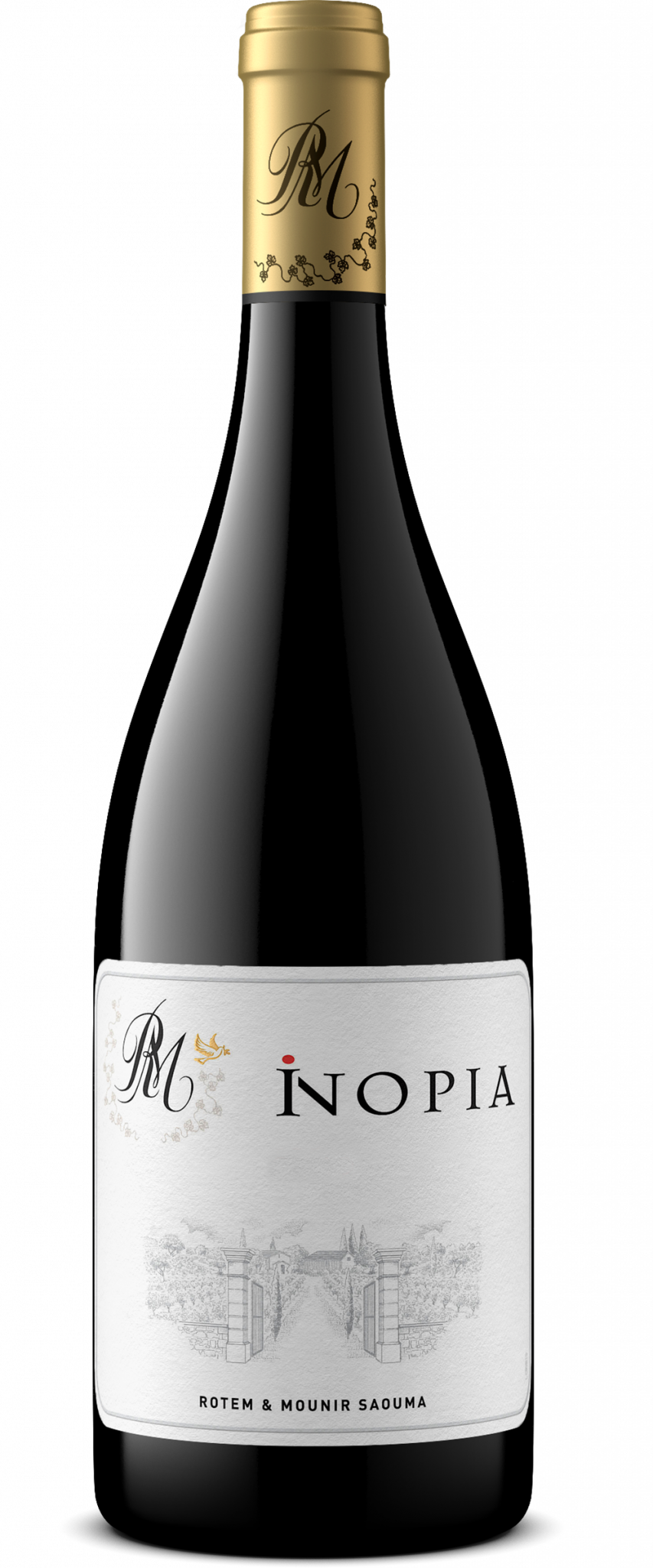
Inopia Côtes-du-Rhône Villages Rouge
Côtes-du-Rhône
The Saouma’s purchased a desolate plot of land in Orange in 2011. A minimal intervention approach combined with the image of the original barren land inspired the name of the wine, INOPIA, which translates to “made from nothing” in Latin.
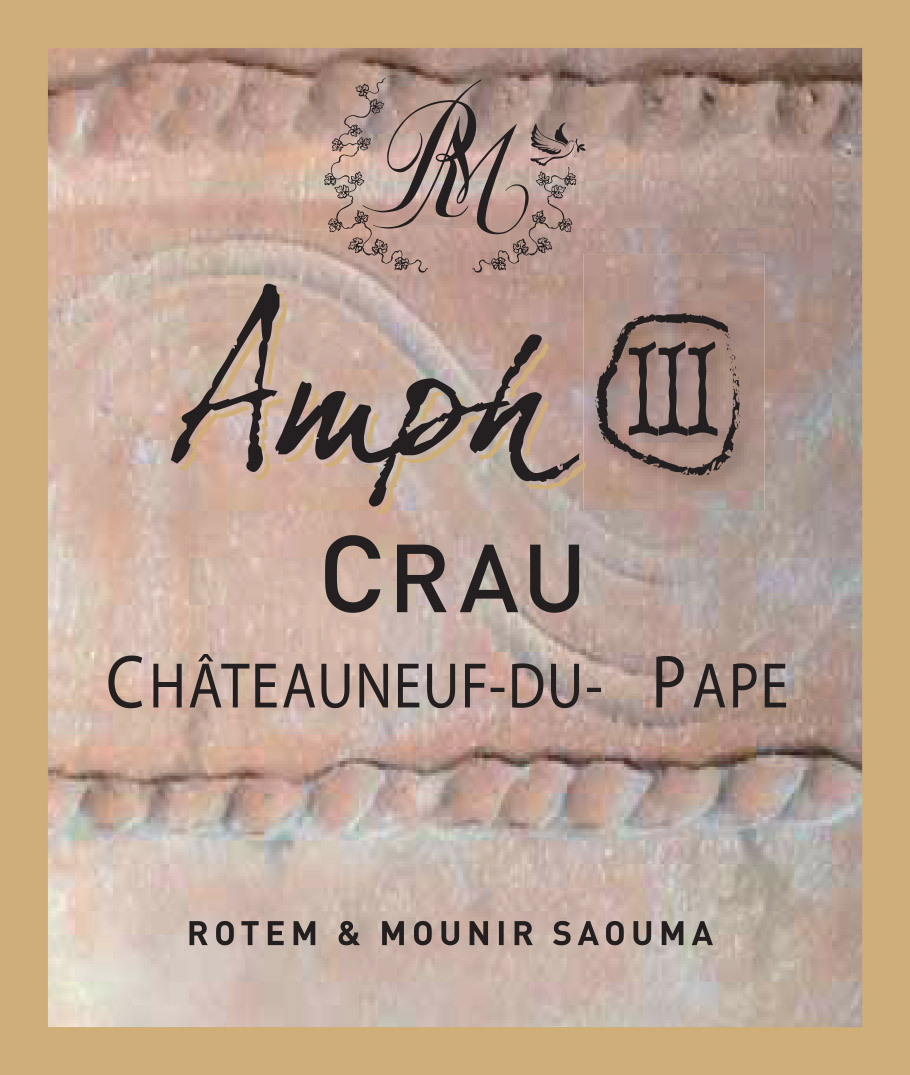
Rotem and Mounir Saouma Amphorae Collection
Chateauneuf-du-Pape
Every year Mounir will select several crus to age in Amphorae, where they will remain untouched for around a year, with no input. Then a gentle pressing and bottling. These wines transmit the characteristics of their terroir in a pure, unvarnished manner. Not normal wines, but then again nothing Mounir Saouma does is normal .
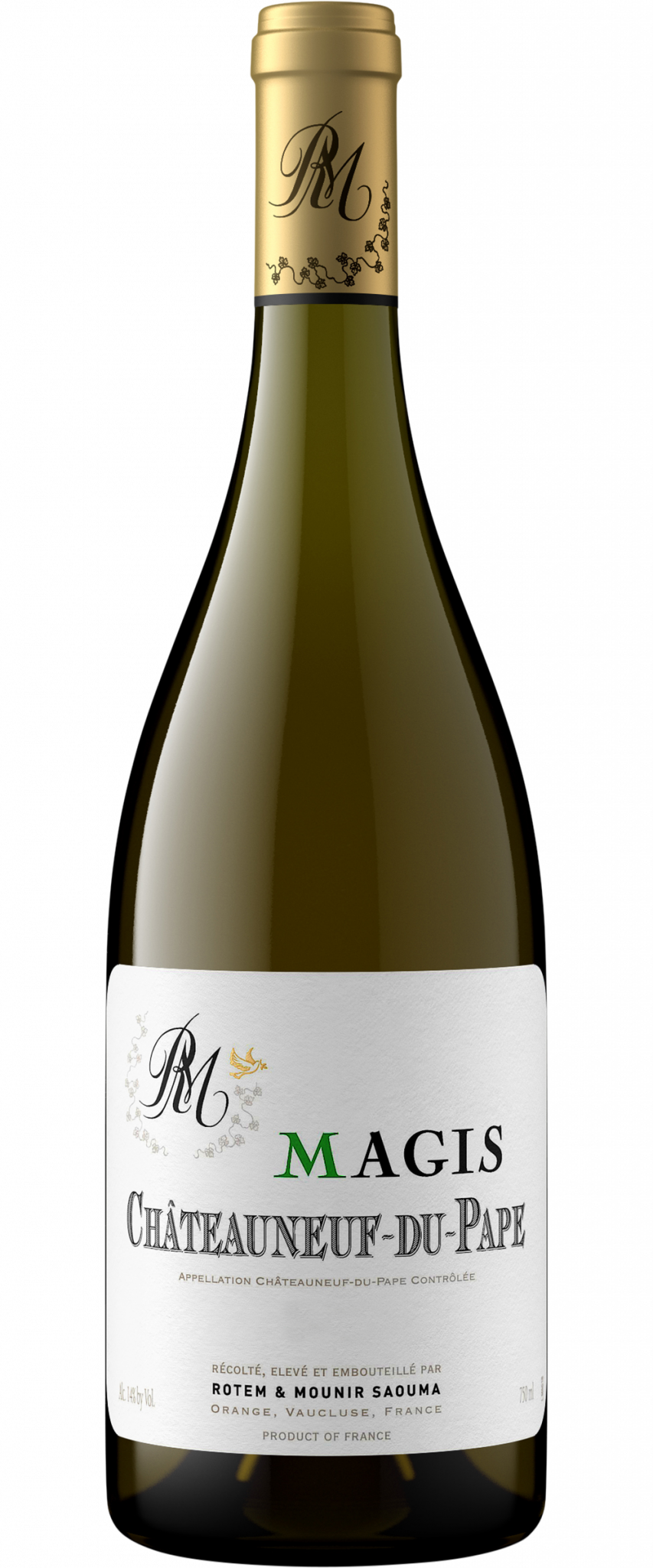
Châteauneuf-du-Pape Magis
Châteauneuf-du-Pape
Another unsurprising but jawdropping discovery when encountering the Saouma wines: Magis, Mounir’s white Chateauneuf from the heavily limestone Pierredon vineyard in Bedarrides. It makes sense that a producer of great white Burgundy would quickly become enchanted by the possibilities here. Only 3% of Chateauneuf is white, and virtually all of it is bottled after 6 months. Mounir’s chateauneuf is aged 18-24 months and has already been compared to some of the great white Burgundy crus for its depth and minerality.
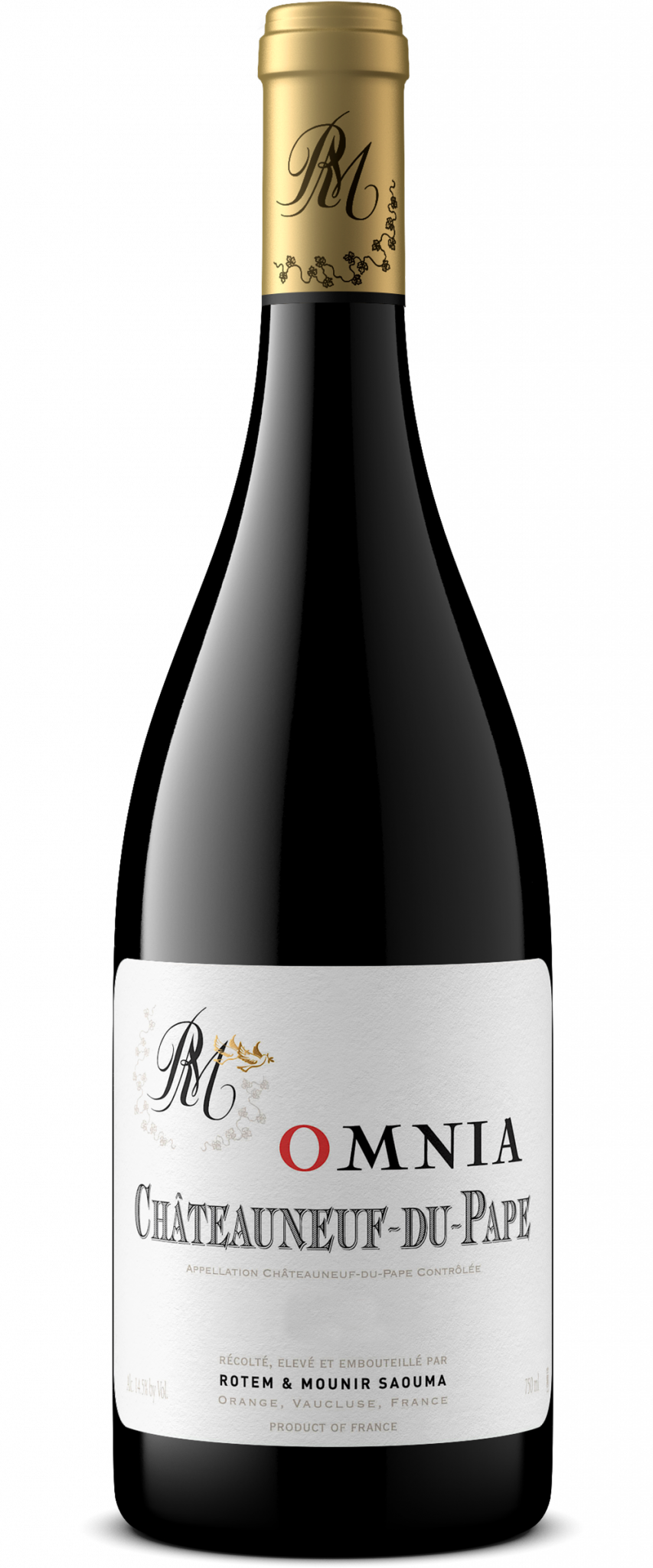
Châteauneuf-du-Pape Omnia
Châteauneuf-du-Pape
Omnia, Latin for "all," is a wine that attempts to encompass the full diversity of the Chateauneuf-du-Pape appellation, both in its terroir and vinification. Fruit comes from vineyards in all 5 of the Chateauneuf communes (Chateauneuf-du-Pape, Courthezon, Sorgues, Bedarrides and Orange) and aged in foudre, cement and 500 liter barrels.
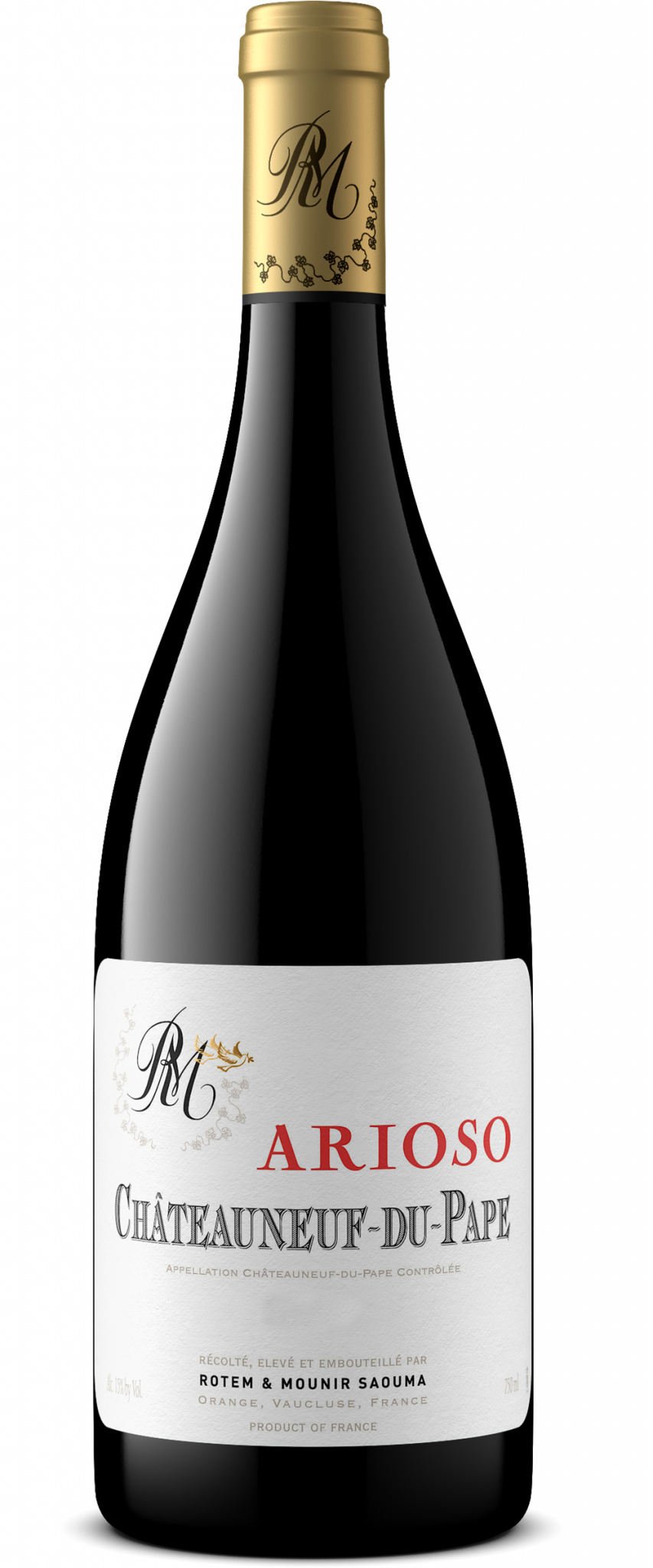
Châteauneuf-du-Pape Arioso
Châteauneuf-du-Pape
From his original 5 acres in Pignan, Mounir has one plot, of 100% Grenache planted in the 1930s, which yields naturally at a miniscule 1 ton per acre. From these vines he produces Arioso, a Chateauneuf of astounding depth and finesse.
